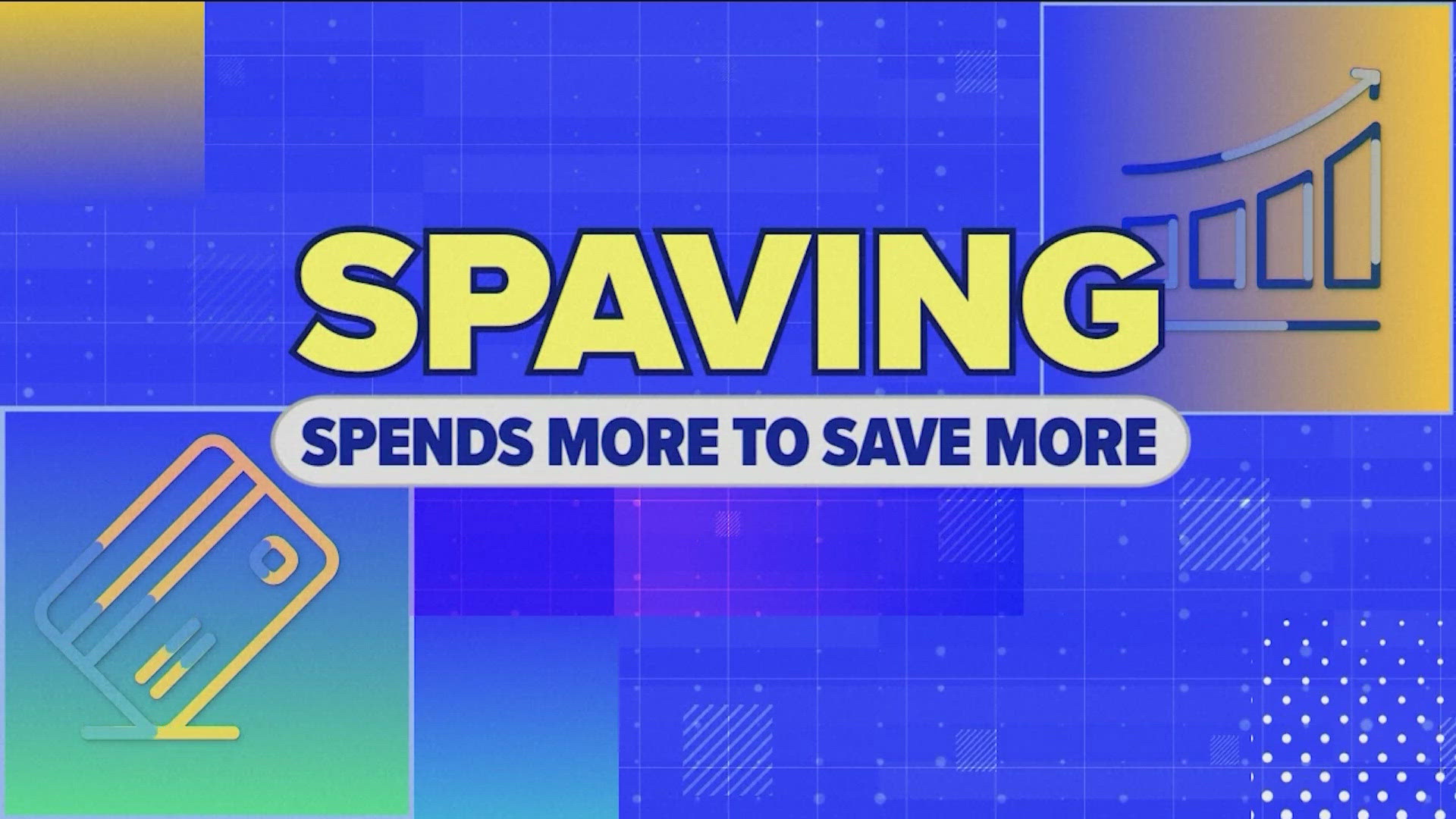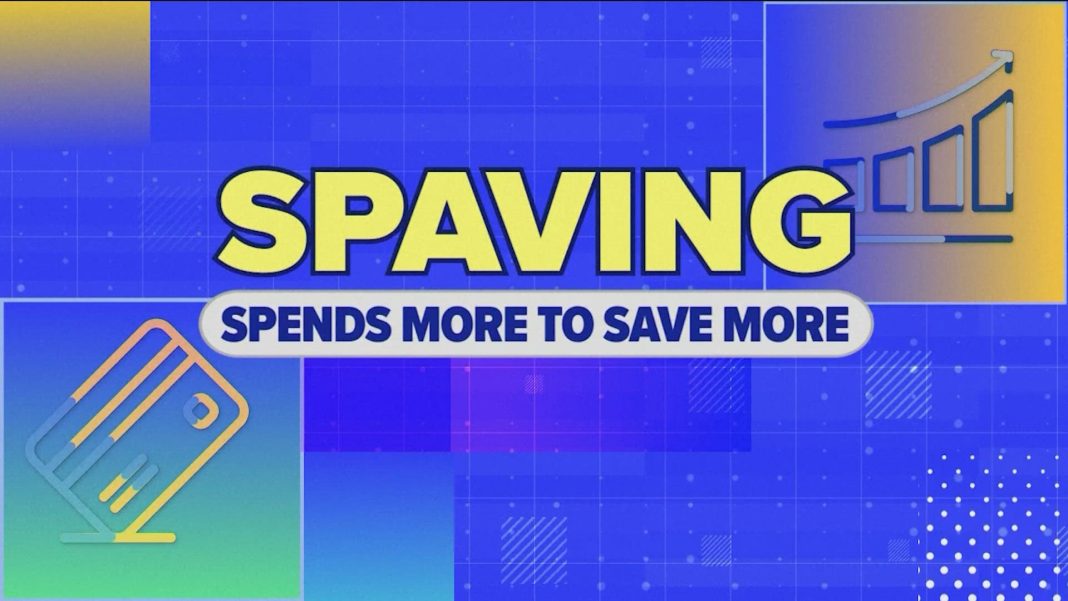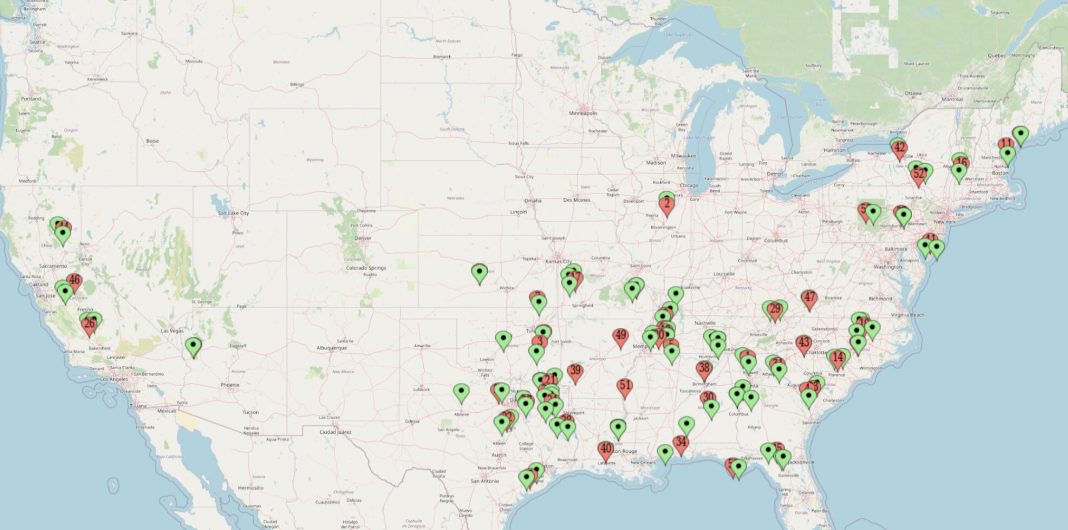 Spaving: A Psychological Trick That Drains Your Wallet
Spaving: A Psychological Trick That Drains Your Wallet
Introduction:
If you’ve ever found yourself spending more money than you intended while shopping, you may have fallen victim to a phenomenon known as “spaving.” The term is derived from the combination of “spending” and “saving,” and it plays on the perception that by spending more money, you’ll ultimately save more. However, as we’ll explore in this article, spaving is a ploy used by retailers to convince consumers to spend on items they wouldn’t normally buy, leading to excessive spending and a false sense of savings.
What is Spaving?
Spaving takes various forms, but one common tactic is the “buy one get one” (BOGO) deal. Retailers use this strategy to entice consumers to purchase items they may not have intended to buy, under the guise of saving money. For example, grocery stores often offer BOGO deals on certain products to sell overstocked inventory. However, consumers may end up filling their carts with BOGOs they wouldn’t normally buy, thinking they’ve scored a great deal when, in reality, they’re spending more than necessary.
Examples of Spaving:
BOGO Deals: While BOGO deals may seem like a money-saving opportunity, they can lead to unnecessary purchases. Consumers may feel compelled to buy the first item at full price to get the second one for free, even if they don’t really need the first item.
Bulk Purchase Savings: Another form of spaving is when retailers offer savings if you spend a certain amount. For instance, you might be tempted to spend $700 to save $100 on your purchase. This tactic plays on the idea that saving money justifies spending more, even if it wasn’t part of your original plan.
Free Shipping: Many online retailers lure in customers by offering free shipping if they reach a specific threshold of purchases. This often leads consumers to add more items to their cart to avoid paying for shipping. However, in the process, they end up spending far more than the cost of shipping itself.
The Justification Trap:
Spaving preys on the illusion of savings and justifies our desire to buy. In an era of rising inflation and strained budgets, the perception of saving money can be alluring. Consumers may convince themselves that they are stretching their dollars by taking advantage of spaving opportunities. However, in reality, they are falling into a spending trap, leading to financial strain and debt.
How Retailers Benefit:
As retailers face slimmer profit margins, they have increasingly turned to promotional tactics like spaving. According to data analytics company Numerator, temporary price reductions rose by 72 percent between March 2023 and March 2024. By offering spaving opportunities, retailers aim to entice consumers to spend more, thus boosting their sales and clearing out excess inventory.
The Prevalence of Spaving Opportunities:
Spaving is everywhere, with retailers using various strategies to lure consumers. Whether it’s through limited-time offers or BOGO deals, consumers are hard-pressed to find a grocery store or retailer that doesn’t promote spaving. These tactics create a sense of urgency, making consumers feel like they’re missing out on a great deal if they don’t take advantage of it.
The Problems with Spaving:
While spaving may seem like a harmless way to save money, it can have detrimental effects on one’s financial well-being. Overspending through spaving can throw a budget out of balance and contribute to mounting credit card bills. According to Lendingtree, Americans pay an average of $1,583 monthly towards debt, adding further financial strain. Problems that arise from spaving include excessive spending, wasting money on items that won’t be used, and developing a false sense of necessity for discounted items.
How to Avoid Spaving:
To protect yourself from falling into the spaving trap and improve your financial health, consider the following tips:
1. Create a Budget: Developing a budget and sticking to it is crucial for managing your spending. By outlining your financial goals and tracking your expenses, you can avoid overspending at the store.
2. Identify Triggers: Understanding what triggers your impulse purchases is key to avoiding spaving. By asking yourself if an item is an impulse buy or a genuine need, you can slow down the buying process and make more informed decisions.
3. Unsubscribe to Retailers’ Sales Alerts: Temptation becomes harder to resist when you receive constant sale alerts in your inbox. Unsubscribe from these notifications and consider unfollowing retailers on social media platforms like Facebook to avoid being bombarded with the latest sales.
4. Buy What You Need: Stick to your shopping list and avoid browsing aimlessly. When grocery shopping, be mindful of areas with the most BOGO deals and only purchase items that you genuinely need.
5. Use Cash or Debit Card: Avoid using credit cards while shopping to prevent overspending. Stick to the cash you have or use a debit card linked to your bank account to stay within your budget.
Conclusion:
Spaving may initially appear to be a smart way to save money, but it often leads to unnecessary spending and financial stress. By understanding the psychological tactics retailers use and taking proactive steps to avoid spaving, you can protect your wallet and improve your financial well-being. Remember, genuine savings come from making mindful purchases based on your needs, not succumbing to the illusion of saving through excessive spending.


